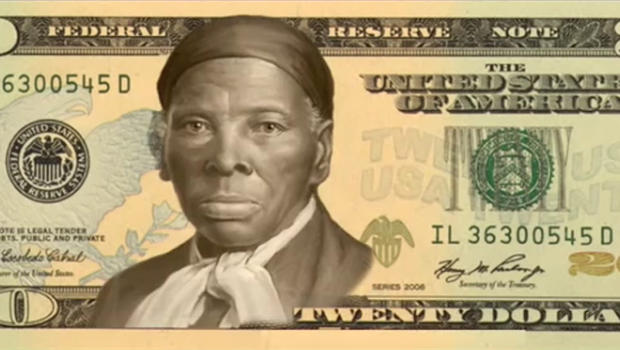“This decision, announced last week by Secretary of the Treasury Jack Lew, has been met with considerable puzzlement from those who wonder why we would demote Hamilton, the founder of our financial system, instead of Andrew Jackson, who was the architect of the Trail of Tears, an opponent of central banking, and the target of the grassroots campaign to get a woman on the twenty-dollar bill, led by the group Women on 20s.”
Many were also upset that Hamilton will still be featured somewhere on the bill, as if a chaperone to the undecided featured woman (will it be Harriet Tubman, the winner of the Women on 20s poll?)
Here’s a Daily Show clip about that confusion.
“The current debate over American currency resonates with the complicated history of how and why women have been represented on money, a history that provides insight into the ways women have wielded and represented authority through the ages.”
This New Yorker article highlights the portrayal of women around the world on currency, from Elizabeth I of England to Frida Kahlo of Mexico. The article noted a difference in commemorating women on currency for their official role in their governments, like Elizabeth I of England, and commemorating women for their cultural impact (Frida Kahlo and Jane Austen are among the featured female figures). In the United States, that cultural component is evident, as no women have ever held the title of President of the United States.
“Three women have appeared on American money to date, and not once on a widely circulated note or coin: Martha Washington is depicted on silver certificates, worth one dollar, which were issued in 1886, 1891, and 1896. Susan B. Anthony and Sacagawea both appear on dollar coins that, as anyone who has ever tried to spend one knows, do not circulate widely.”
“Placing Tubman, or another woman, alongside Alexander Hamilton, although not as significant as outright replacing a figure like Jackson, is a step in the right direction, of course, but it will also be a continuation of the American practice of relegating women to the outer reaches of currency, and it will echo the ancient systems in which a woman’s power, real or symbolic, stemmed from a man. Then again, maybe the Treasury Department is just waiting for Americans to rectify a larger imbalance, reserving the honor of a solo appearance for the country’s first female President—its own, democratic Elizabeth.”






